Assessment of Myocardial Viability Using Nuclear Medicine Imaging in Dextrocardia
Por um escritor misterioso
Last updated 23 abril 2025

Imaging of dextrocardia in humans requires an understanding of the orientation of the heart chambers and walls. There are many types of cardiac malpositioning, such as dextrocardia (with or without situs inversus), mesocardia, and levocardia. Myocardial perfusion scintigraphy of dextrocardia has been explained in case reports and imaging atlases; however, myocardial viability assessment using nuclear medicine imaging techniques is less documented in the literature. Methods: In 2 cases of dextrocardia with situs inversus and 1 case of mesocardia, myocardial viability was assessed using 99mTc-sestamibi rest perfusion scintigraphy and 18F-FDG PET. Cardiac SPECT images of dextrocardia with situs inversus were acquired using the feet-first supine position with a 180° arc from left anterior oblique to right posterior oblique, whereas a right-lateral–to–left-lateral arc was used for mesocardia. The processing and reconstruction were done by entering the dataset for the feet-first supine position and repeating after entering the dataset for the feet-first prone position. The 2 sets of reconstructed images were compared for orientation of walls and cardiac chambers. Results: The first processing, using the feet-first supine position, revealed an interchanged septum and lateral wall in reconstructed images of dextrocardia with situs inversus. This interchange was corrected by changing the position to prone during processing of the rest perfusion and PET raw data. The display of cardiac slices in various axes matched the conventional nomenclature for the septum and lateral wall, leading to easy interpretation. However, this change was not required in the mesocardia, for which the location of the heart chambers was not interchanged. Conclusion: Because the acquisition protocol for SPECT is a semicircular orbit, the various types of dextrocardia require careful selection of the arc, with the patient positioning kept feet-first supine. Processing and reconstruction of data by changing the patient position to prone was found to be most useful method of matching the septum and lateral wall orientation for interpretation of images.

Assessment of Myocardial Viability in Patients with Heart Failure

PDF) Myocardial Perfusion SPECT Imaging in Dextrocardia with Situs Inversus: A Case Report

PDF) Myocardial viability assessment using nuclear imaging
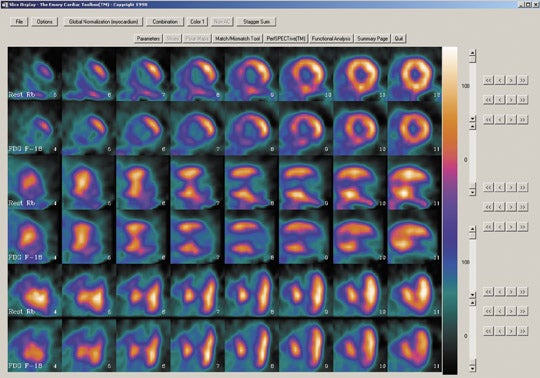
Myocardial viability • APPLIED RADIOLOGY
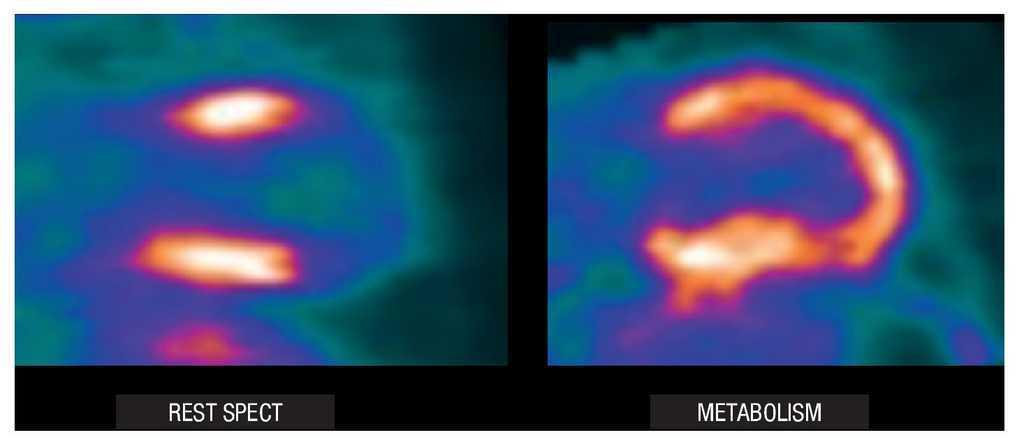
Ischemic Cardiomyopathy: A Clinical Nuclear Cardiology Perspective
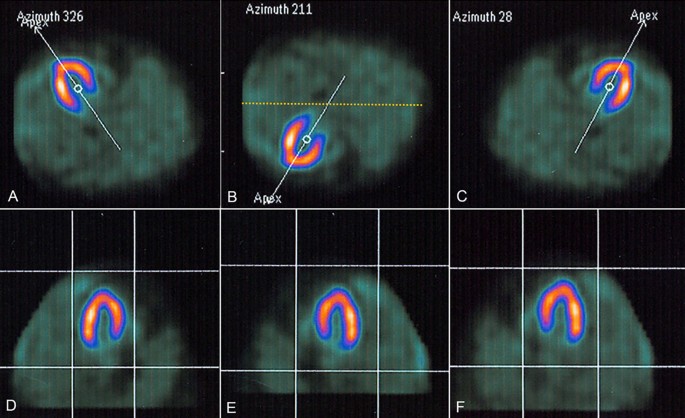
SPECT myocardial perfusion imaging in patients with Dextrocardia

Multimodality Imaging of Transposition of the Great Arteries
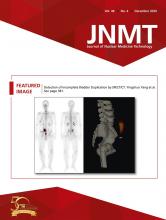
Table of Contents — December 01, 2020, 48 (4)

Viability Studies - Hamilton Cardiology Associates - New Jersey's Leading Board Certified Cardiologists
Recomendado para você
-
 Brain Test Level 372 He wants big muscles Walkthrough23 abril 2025
Brain Test Level 372 He wants big muscles Walkthrough23 abril 2025 -
 Close this dialog23 abril 2025
Close this dialog23 abril 2025 -
 Cautionary notes on the use of NF-κB p65 and p50 antibodies for CNS studies, Journal of Neuroinflammation23 abril 2025
Cautionary notes on the use of NF-κB p65 and p50 antibodies for CNS studies, Journal of Neuroinflammation23 abril 2025 -
 Brain Test Nível 372 Respostas - Alejandro23 abril 2025
Brain Test Nível 372 Respostas - Alejandro23 abril 2025 -
 BRAIN TEST Poster for Sale by HMS STORE23 abril 2025
BRAIN TEST Poster for Sale by HMS STORE23 abril 2025 -
 DeepSlice: rapid fully automatic registration of mouse brain imaging to a volumetric atlas23 abril 2025
DeepSlice: rapid fully automatic registration of mouse brain imaging to a volumetric atlas23 abril 2025 -
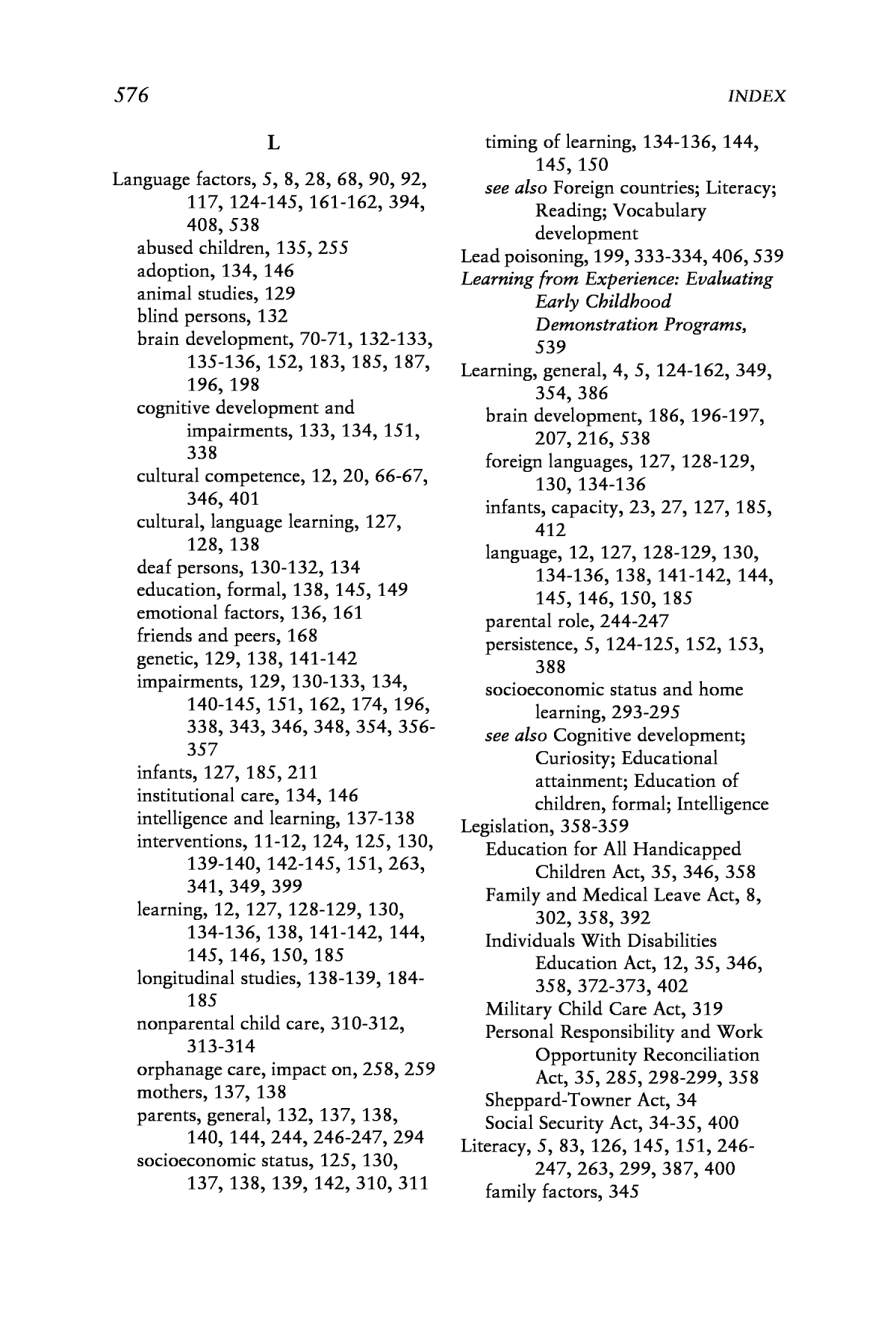 Index, From Neurons to Neighborhoods: The Science of Early Childhood Development23 abril 2025
Index, From Neurons to Neighborhoods: The Science of Early Childhood Development23 abril 2025 -
MTVBaseAfrica23 abril 2025
-
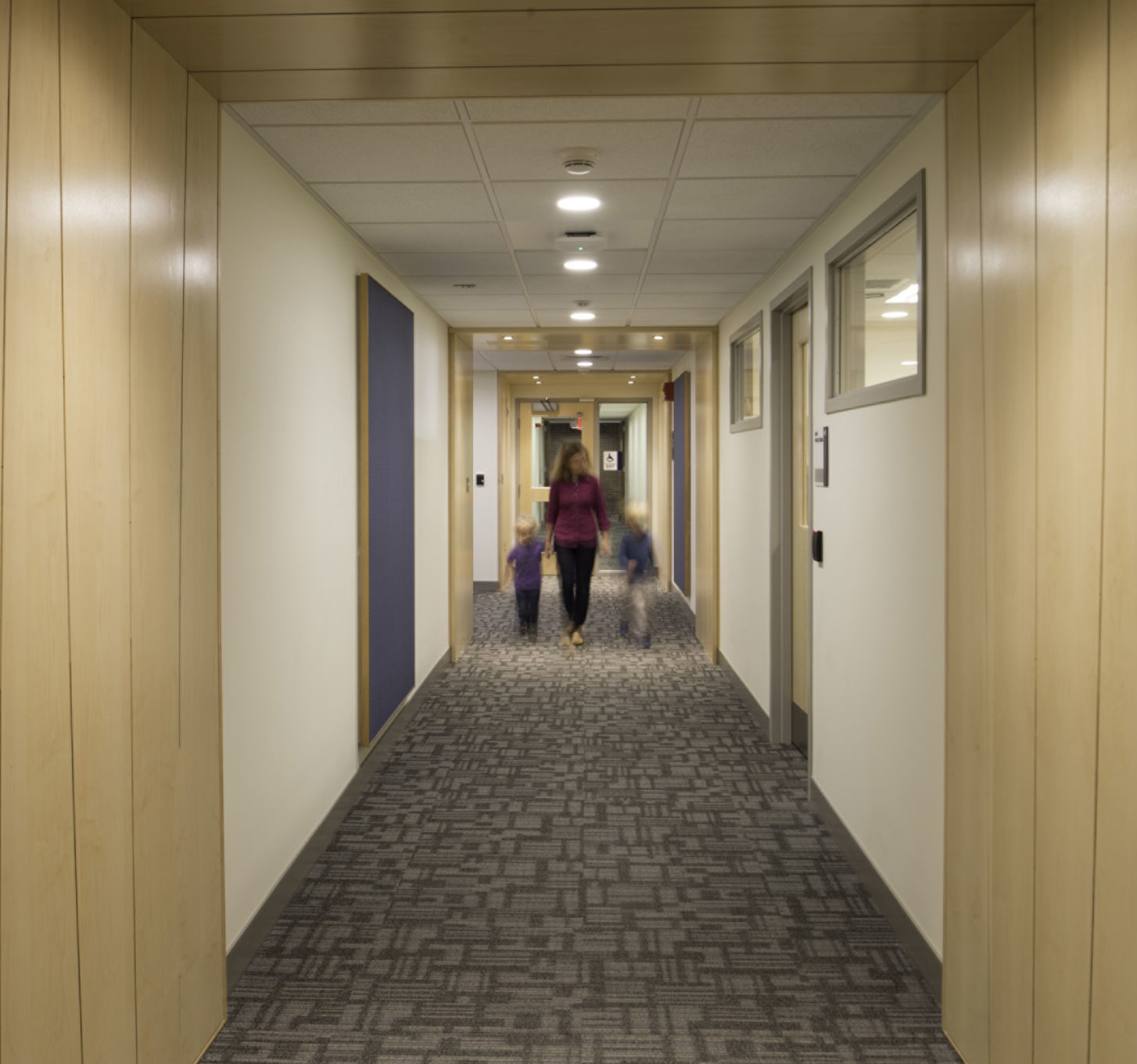 Aesthetics lead retrofit of brain research clinic - Construction Specifier23 abril 2025
Aesthetics lead retrofit of brain research clinic - Construction Specifier23 abril 2025 -
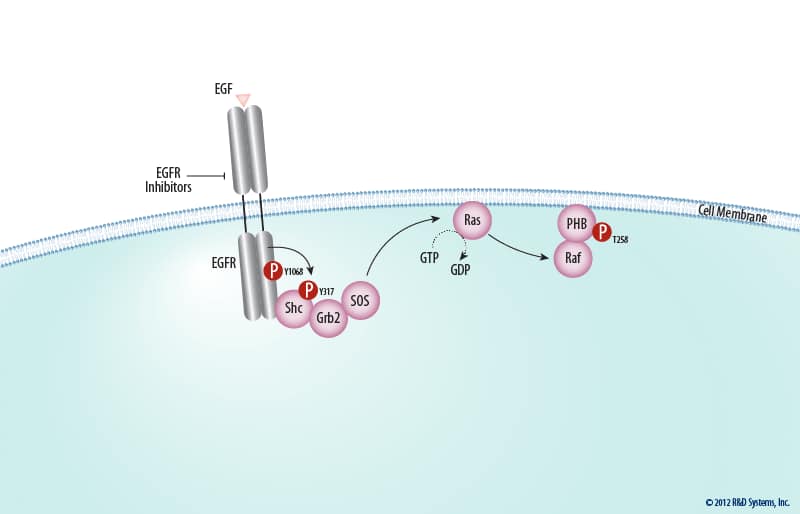 The ERK Signal Transduction Pathway: R&D Systems23 abril 2025
The ERK Signal Transduction Pathway: R&D Systems23 abril 2025
você pode gostar
-
Lecrae – Zombie Lyrics - Music/Radio - Nigeria23 abril 2025
-
 Corinthians x Coritiba: saiba onde assistir à partida do Brasileirão - Gazeta Esportiva23 abril 2025
Corinthians x Coritiba: saiba onde assistir à partida do Brasileirão - Gazeta Esportiva23 abril 2025 -
 Laboratório de gestão: simulador organizacional, jogo de empresas23 abril 2025
Laboratório de gestão: simulador organizacional, jogo de empresas23 abril 2025 -
 Mattel-UNO UNO Entertainment Board Game, Entretenimento Engraçado23 abril 2025
Mattel-UNO UNO Entertainment Board Game, Entretenimento Engraçado23 abril 2025 -
 Absolute Duo (2015 TV Show) - Behind The Voice Actors23 abril 2025
Absolute Duo (2015 TV Show) - Behind The Voice Actors23 abril 2025 -
 Crash Landing an unlikely TV hit in South Korea - Asia Times23 abril 2025
Crash Landing an unlikely TV hit in South Korea - Asia Times23 abril 2025 -
 Roupa de boneca reborn: Com o melhor preço23 abril 2025
Roupa de boneca reborn: Com o melhor preço23 abril 2025 -
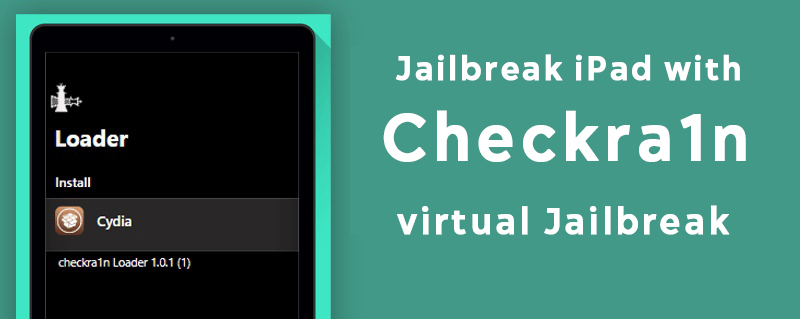 iPad Jailbreak – Sileem23 abril 2025
iPad Jailbreak – Sileem23 abril 2025 -
 SCP-PL-007 - SCP International23 abril 2025
SCP-PL-007 - SCP International23 abril 2025 -
 Jogo em Direto Benfica Club Brugge Champions - SL Benfica23 abril 2025
Jogo em Direto Benfica Club Brugge Champions - SL Benfica23 abril 2025
